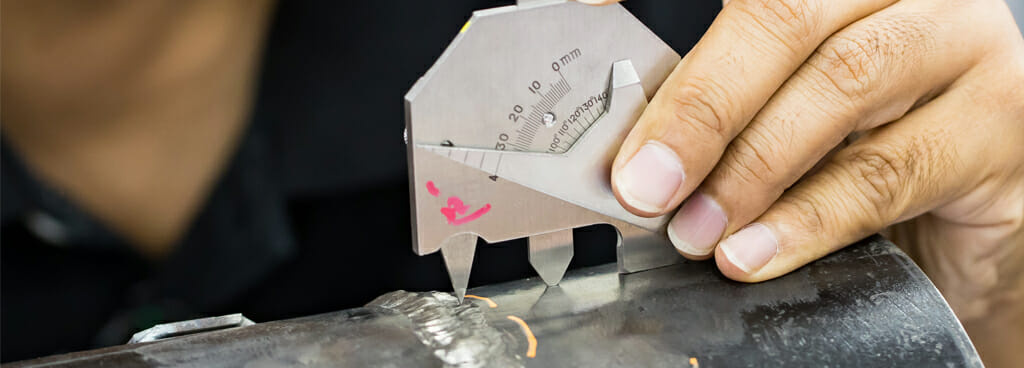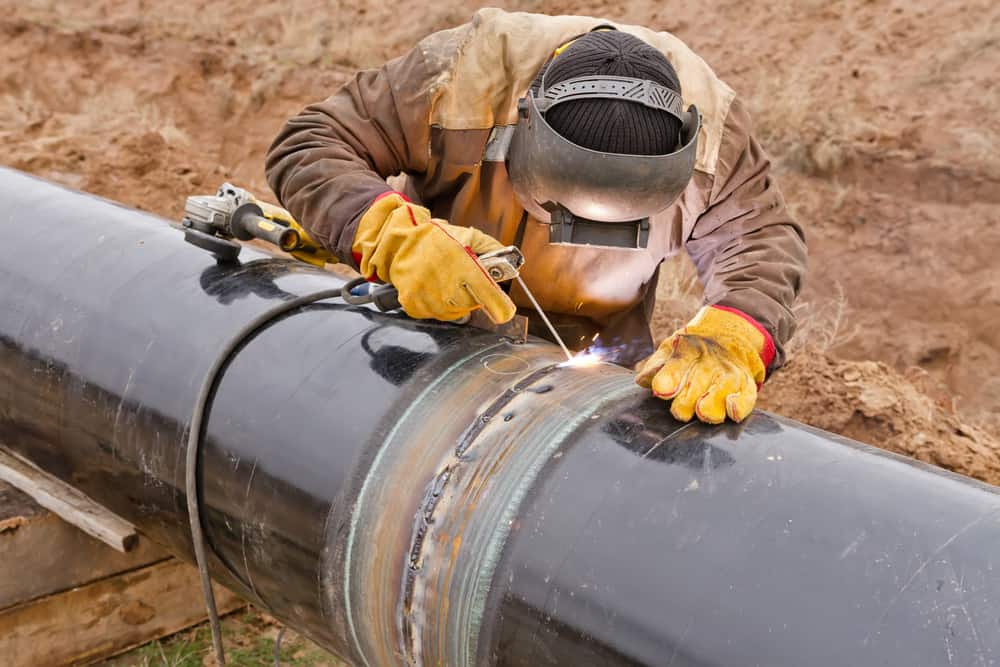How Welding Inspection Milwaukee Ensures Safety and High Quality in Your Tasks
How Welding Inspection Milwaukee Ensures Safety and High Quality in Your Tasks
Blog Article
A Comprehensive Guide to Welding Evaluation Techniques and Best Practices for High Quality Guarantee in Manufacture Projects
Welding assessment serves as an essential column in ensuring the architectural integrity and safety of produced tasks. Developing reliable techniques and a robust high quality administration system can boost compliance and dependability.
Importance of Welding Evaluation
Welding inspection is a critical element in ensuring the honesty and safety and security of bonded frameworks. The process involves a methodical assessment of welds to identify any kind of defects that might endanger the strength and longevity of the final item. Effective evaluation is crucial not just for compliance with industry standards and regulations however additionally for protecting the health and wellness of workers and the public.

Additionally, welding examination functions as a beneficial device for continuous improvement in manufacture procedures. By determining repeating concerns, organizations can apply rehabilitative steps, resulting in enhanced training for welders and far better overall techniques. Inevitably, prioritizing welding examination promotes a society of quality control, guaranteeing that projects meet both customer assumptions and governing requirements. This positive strategy is important for attaining excellence in welding and fabrication.
Typical Welding Evaluation Methods
Different strategies are employed to evaluate welds, each tailored to find details types of problems and guarantee top quality. Amongst the most generally utilized methods are visual evaluation, ultrasonic screening, radiographic testing, magnetic fragment screening, and color penetrant testing.
Aesthetic assessment is one of the most simple approach, enabling inspectors to determine surface irregularities such as fractures, porosity, and damaging. Ultrasonic screening uses high-frequency sound waves to spot interior imperfections, giving a comprehensive analysis of weld honesty. Radiographic screening uses X-rays or gamma rays to produce photos of the weld, disclosing internal flaws that are not noticeable to the nude eye.
Magnetic bit screening is specifically reliable for ferromagnetic materials, determining surface and near-surface defects by applying electromagnetic fields and using fine fragments that suggest irregularities. Dye penetrant screening includes applying a tinted color to the weld surface, which seeps right into splits and is exposed under ultraviolet light, making it simple to detect issues.
Each of these methods plays an important role in keeping welding quality, and the choice of an ideal method depends upon the details demands of the fabrication project, consisting of product kind, weld setup, and the preferred degree of evaluation.
Important Evaluation Devices


Determining tools, consisting of calipers, determines, and rulers, are important for verifying measurements and resistances. These instruments aid make sure that welds meet the needed specs for stamina and toughness. Additionally, ultrasonic screening gadgets are utilized to detect inner imperfections without jeopardizing the stability of the weld. This non-destructive screening technique is critical for identifying issues that may not show up on the surface.
One more vital device is the firmness tester, which assesses the mechanical residential properties of a weld and establishes its suitability for certain applications. Welding assessment software program help in recording findings, assisting in information analysis, and making certain conformity with industry requirements. Together, these important assessment devices create a detailed toolbox that supports the welding assessment process, inevitably adding to the quality control of construction tasks.
Ideal Practices for Quality Control
In the search of quality imp source guarantee, implementing ideal techniques is crucial for accomplishing reputable and regular welding results. Developing a thorough welding high quality management system (WQMS) is essential. This system must incorporate defined procedures, criteria, and documentation practices that assist every stage of the welding process.
Normal training and qualification of welding workers are critical. Competent welders with updated knowledge of methods and precaution contribute dramatically to quality. Moreover, performing pre-welding assessments ensures that products and devices meet specified standards, decreasing the possibility of problems.
Incorporating real-time monitoring during the welding procedure enables prompt discovery of irregularities, making it possible for restorative activities to be taken without delay. Post-welding inspections, including visual checks and non-destructive testing (NDT), are important in validating weld stability and compliance with sector standards.
Additionally, maintaining precise documents of evaluations, weld criteria, and rehabilitative activities fosters a society of responsibility and continual renovation. Involving stakeholders in regular quality reviews can additionally boost the total effectiveness of high quality guarantee steps. By adhering to these best practices, organizations can considerably raise their welding quality assurance initiatives, thereby making sure task success and client fulfillment.
Enhancing Safety And Security and Conformity
Accomplishing high criteria in welding quality control normally lines up with the critical of boosting security and compliance within the industry. Efficient welding assessment techniques are important in determining possible hazards and ensuring that all processes follow regulative criteria. These methods not just offer to preserve structural integrity however also secure the health and wellness and security of workers involved in manufacture projects.
Implementing extensive examination methods, such as visual exams, non-destructive testing (NDT), and extensive documentation, establishes a culture of security and responsibility. Training welders and examiners in present security guidelines and best practices is link important. This ensures that all staff imp source member are conscious of possible threats and are equipped to minimize them.
Moreover, compliance with market requirements, such as those set by the American Welding Society (AWS) and the International Company for Standardization (ISO), is non-negotiable. Routine audits and analyses assist recognize gaps in security measures and promote constant renovation - Welding Inspection Milwaukee. Eventually, a commitment to boosting safety and compliance not only cultivates a more secure working atmosphere yet also results in premium quality end results and decreased liability for companies participated in welding fabrication
Final Thought

Welding assessment serves as a fundamental column in guaranteeing the architectural stability and safety and security of made tasks.Welding assessment is an important element in making sure the honesty and safety of welded frameworks. Ultimately, prioritizing welding assessment fosters a culture of top quality guarantee, ensuring that tasks satisfy both customer expectations and governing demands. Together, these essential examination tools form a detailed toolbox that sustains the welding examination procedure, ultimately contributing to the quality guarantee of fabrication jobs.
In verdict, reliable welding examination is critical for guaranteeing the architectural stability and security of fabricated tasks. Welding Inspection Milwaukee.
Report this page